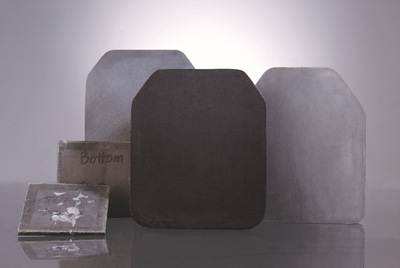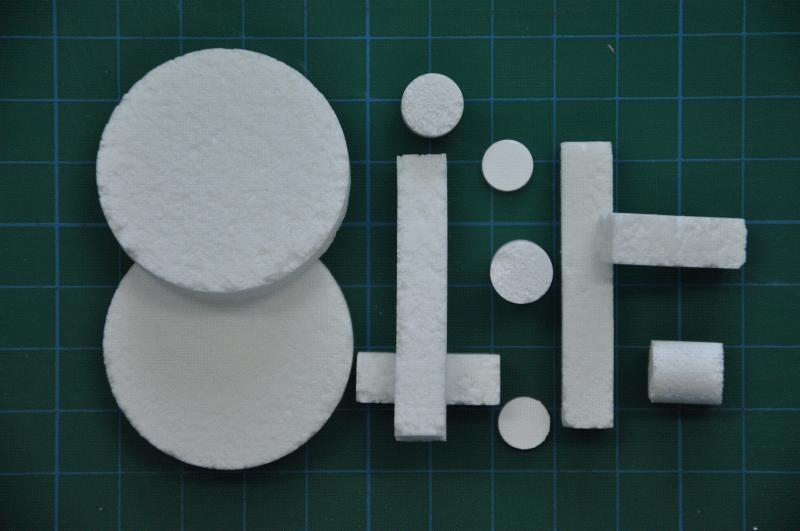1. Superconductivity theory
Since the beginning of the research on superconducting materials, long-term exploration and research on the mechanism of superconducting have been carried out, and many theories have been proposed. In 1911, Onnas proposed the concept of superconducting critical current. In 1926, Searsby proposed the concept of superconducting critical magnetic field. In 1933, the Dutch physicists Meissner and Osende discovered that superconductors have a completely diamagnetic effect. In 1933, Qichen and Gaote proposed the thermodynamic theory of superconductivity. In 1935, the London brothers proposed the electrodynamic theory of superconductors. In 1937, the intermediate state of superconductors was discovered. In 1949, C.T.Gorter published the two-fluid theory of superconductivity. In 1950, Z. Maxwell et al. discovered the isotope effect of superconductors. In 1950, London first proposed that the superconducting state is a kind of macroscopic quantum effect. In 1950, Peebold proposed the concept of coherence length. In 1954, Cooper proposed the concept of electron pairs (Cooper electrons) in superconductors. In 1956 Schriever proposed the famous BCS theory of superconductivity (ie, the electric-phonon theory). In 1962, graduate student Josephson put forward the famous prediction of the tunneling effect of superconducting electrons in his graduation thesis. This effect is also called Josephson Tunneling Effect (Josephson Tunneling Effect). In addition, there are other theories, which are not listed here.
The most influential among these theories are the mechanical theory of superconductivity, the BCS theory and the Josephson effect. The Josephson effect refers to the existence of a phase-dependent tunnel current between two weakly connected superconductors. These theories explain some superconductivity phenomena.

(1) Electro-phonon theory
Electro-phonon theory mainly includes BCS theory and strong coupling theory.
① BCS theory
It mainly means that as long as the attraction exists, the particle can form a bound state, the energy will be reduced to a more stable superconducting state, and an energy gap will appear in the electron energy spectrum. The BCS theory solves Tc through the gap equation.
The BCS theory can successfully give a superconducting energy gap, and it can be concluded that the specific heat of superconducting electrons decreases exponentially with temperature, and a secondary phase transition occurs near Tc, resulting in zero resistance; and Meissner effect , Magnetic field penetration phenomenon, superconducting tunneling effect and other results, and basically in line with the experimental results, and thus achieved great success. The BCS theory also successfully predicted the existence of the Josephson effect.
BCS theory is essentially a weak coupling theory.
②Strong coupling theory
This is an amendment to the BCS theory. Through experiments, it is found that there are differences between theory and experiment. T. is the most prominent example. This is because the interaction between electrons in metals is extremely complex: there is Coulomb interaction between electrons, spin-spin coupling, magnetic interaction, spin-orbit interaction and electron-crystal loosening (phonons) Role and so on. This is due to the use of the "single electron state" concept in the derivation of the BCS theory. This concept is not realistic when the coupling strength is high. In 1960 Ehrlich made supplementary corrections to this situation and derived a set of very complex integral equations suitable for it.
(2) Exciton type mechanism
The exciton-type superconductor was first proposed by Little, then Ginzburg proposed a two-dimensional exciton-type mechanism, and Ba Zi et al. proposed the ABB exciton model. This ABB exciton model is a metal-semiconductor structure, and its superconducting mechanism is: electron pairs paired in the metal due to the electric-phonon mechanism, penetrate into the semiconductor through tunneling, and exchange electrons here- The virtual process of hole pairs forms new electron pairs, which is conducive to the improvement of Tc. Theoretical calculations show that the Tc of exciton-type superconductors can reach more than 100K.
(3) Plasma mechanism
Plasma is mainly used to study superconductivity in two-dimensional and three-dimensional simple current-carrying systems, especially in transition metals, semi-metals and semiconductors with electron-hole pair systems of d and s electrons. For a simple carrier with Coulomb force interaction, it can be divided into two parts: one is the collective electric field, and the other is the short-range shielding Coulomb force interaction and Single particle under collective electric field. When a single particle excites a plasma, an oscillating internal electric field is generated and another single particle is attracted. As a result, the highest Tc that attracts each other will appear between the two particles.
(4) Electron-hole pair model
This model structure is composed of two semiconductors, one of the hole type and the other of the electronic type, with a thin insulating layer (sometimes not) in between to form a layered body. Holes and electrons produce electron-hole pairs through Coulomb's gravitational force, and this kind of current is transmitted in both directions. Because Coulomb's gravity is a long-range effect, the interaction between particles is strong, and it can be predicted that the Tc of this superconductor can reach more than 100K.
Applying the above model, theoretically calculated the generation of energy gap, and proposed a method to test superconductivity. However, this structure has not been realized in practice. The reason is that in this model, the impurities encountered in the carriers of the electron-hole pair will inevitably overwhelm the order in the system, because it scatters the electron-hole in all directions, thereby destroying the pairing. If the concentration of neutral impurities is large, the pairing effect will be overwhelmed. Therefore, this puts a very high requirement on the purity of semiconductor samples, which is not the same as the insensitivity of electrons to non-magnetic impurities and structural defects in the electro-phonon mechanism.
Declaration: This article is provided by CERADIR™ users or obtained from Internet, the content does not represent the position of CERADIR™. We are not responsible for the authenticity/accuracy of the article, especially the effects of the products concerned. This article is for study only, it does not constitute any investment or application advice. For reprinting, please contact the original author. If it involves the copyright and/or other issues, please contact us and we will deal with it asap! CERADIR™ has the interpretation of this declaration.







